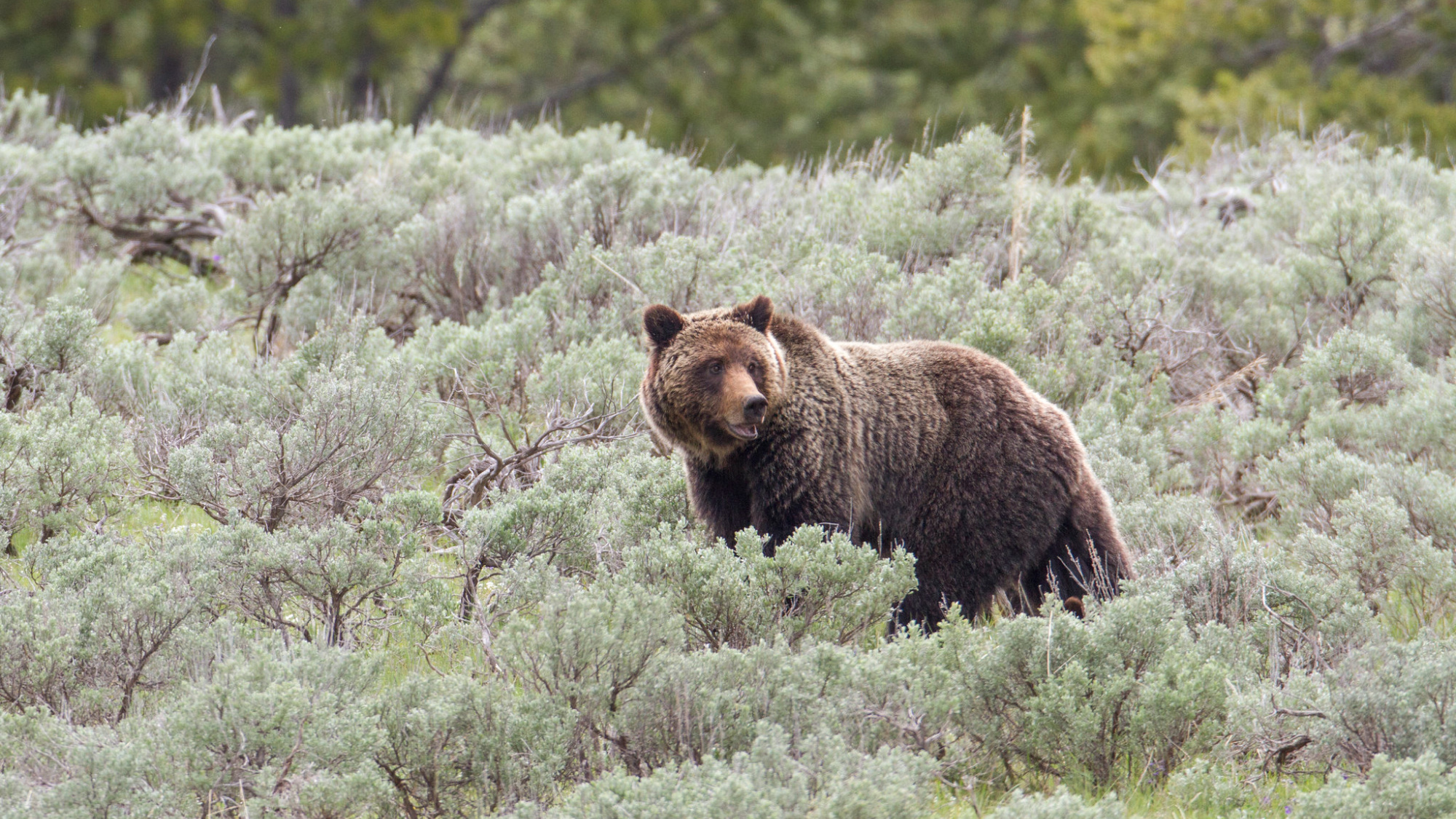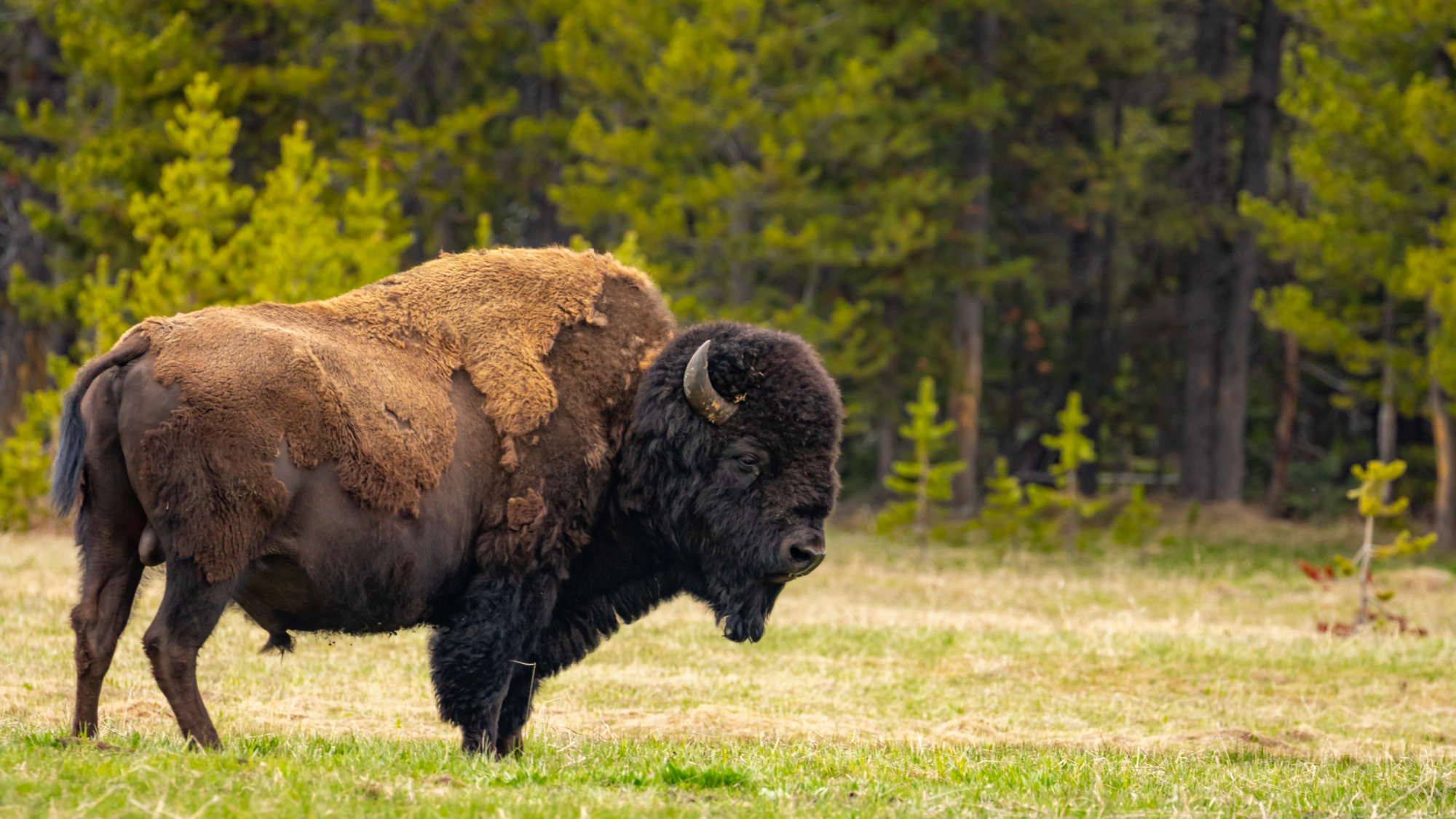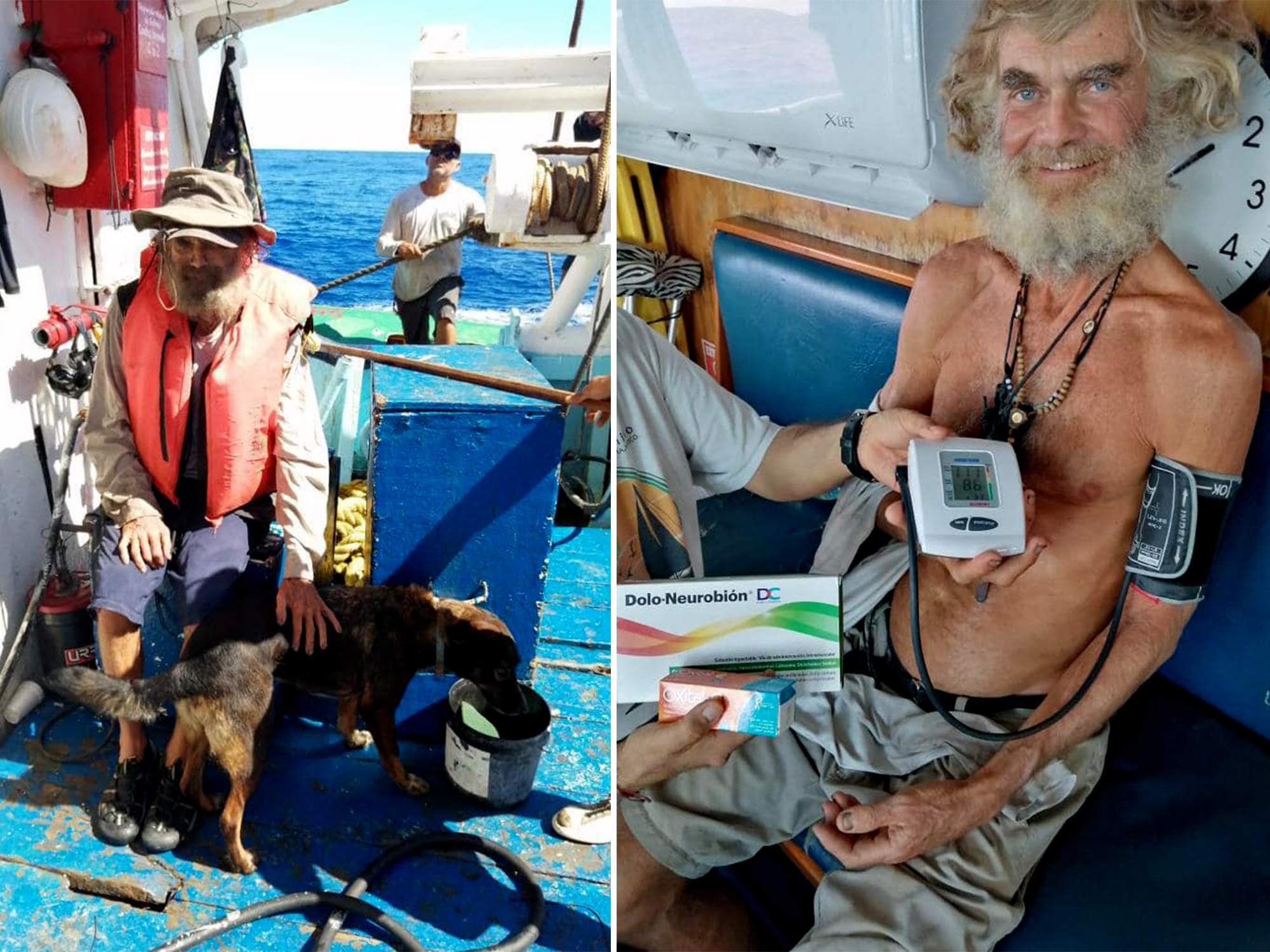8 Weird Ways to Start a Fire
Don't have a lighter or matches handy? These eight odd fire-starting methods will work in a pinch
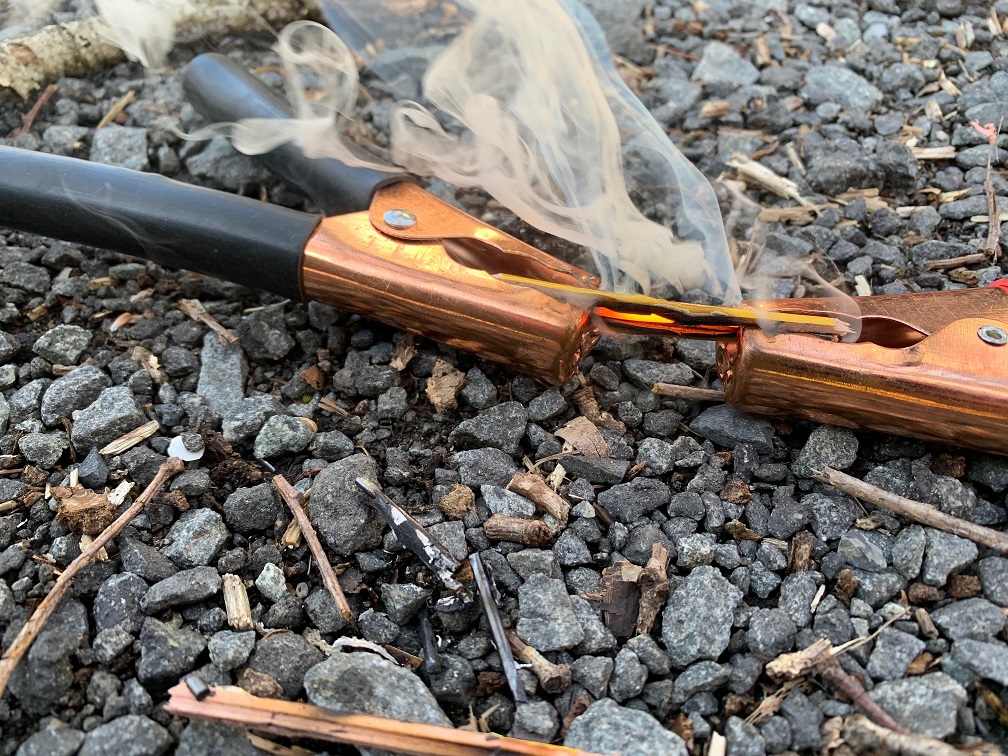
Our ancestors used to have to wait for fire. Lava flows and lightning strikes were the two most common fire starters for ancient peoples to cook their food and stay warm. Today, outdoorsmen can simply spark a lighter, strike match, or use ferrocerium rods to kindle a campfire in a hurry. But there are other accelerants and methods you might not know of when you don’t have conventional fire-starting tools handy. Some of them are odd, and maybe even a little weird. But it’s good to have options when you need to start a fire, and any of these methods will certainly get the job done in a pinch.
1. Start a Fire From Water

Since water tends to put out fire, this might be the most ironic ignition method of all. You can make fire with a water bottle when you use the right bottle as a lens to concentrate sunlight. In fact, some roadside brush fires are actually caused by bottles filled with fluid concentrating the sun’s rays. To use a water bottle as an ignition method, you’ll need a clear, smooth plastic or glass bottle full of clear water. You’ll also need dark-colored or charred tinder (burned cotton balls, char cloth, singed cattail fluff, or dark fibrous bark). Finally, you’ll need strong sunlight and lots of patience.
My best results have come from glass bottles (clear glass beer bottles and cream soda bottles are the best). These bottles were full of crystal clear water and used when strong sunlight was at a lower angle. By laying the bottle on its side (capped or corked to hold the water) the morning and afternoon sun pass through the round shoulder of the bottle and create a focal point of light (acting like a magnifying lens). Place some dark high-quality tinder (char cloth or tinder fungus powder such as chaga) in this beam of light and wait. If the bottle can be arranged in the right position to the sun, the tinder will begin to smolder. Once ignition has occurred, place the burning fuel into a nest of fibrous tinder and blow it into a flame.
2. Fresnel Lens

The Fresnel lens was developed by French physicist Augustin-Jean Fresnel in the early 1800s. It was a revolutionary way to make a thinner magnifying glass and originally created to magnify the light emitted from coastal lighthouses. Once branded “the invention that saved a million ships,” over the years, the uses of this lens expanded beyond illumination into photography, projection, and solar power. Today’s Fresnel lenses are typically made from flexible clear plastic, bearing the traditional concentric grooved circles that allow magnification. These lenses can be large, but they are also available in small credit card sizes. Either of these sizes will work for fire making, though the larger lenses are best. You will need full sunlight for best results (though it can work on a hazy day). You will also want a dark fluffy tinder material. I use fibrous pounded tree bark, but many plant-based tinder materials will work. Just keep in mind that darker colors will absorb light more effectively. When you are ready to make this optical fire, simply hold the lens up perpendicular to the sun’s rays. Adjust the distance from your tinder until you’ve created a blinding focal point of light on the tinder and watch the smoke begin to form. Blow on the tinder and flames should appear.
3. Parabolic Mirror

Did you know that in ancient Greece the Olympic torch was lit with a very special curved mirror? It looked a bit like a shiny satellite dish, and its curvature created a natural focal point of light which ignited the torch. Today, we can still use a curved mirror, such as the reflecting cup from an old flashlight, to create a focused spot of intensified sunlight. This is a little different than the broad shield-like mirror from ancient times. On the parabolic mirror cup in a flashlight, the focal point is inside the cup, not outside of the curvature. You’ll still get a blinding white-hot point of light, but it’s where the flashlight bulb once sat. To make this work, dismantle the light and remove the bulb from the reflecting cup. Place a small bit of dark tinder where the bulb was located. Move the mirror so that it is perpendicular to the sunlight, and adjust it in and out of the cup (from behind). When you have the zenith and azimuth just right on the cup, your tinder will begin to smolder. Remove it quickly, place it in a larger tinder bundle and blow it into a flame.
4. Steel Wool

Steel wool is a versatile product consisting of thin flexible steel filaments. It’s been around for over 100 years. Commonly used as an abrasive cleaning product and for sanding, this carbon steel product can be found in the workshops of woodworkers, blacksmiths, and other makers. Some folks even use it for rodent control, plugging rat and mouse holes with it (which will cut the rodents mouths if they try to gnaw through it). These are all handy uses, though none are as impressive as the fire-starting application.
Fine grade steel wool can burn when it makes contact with the positive and negative terminals on the right battery. Through a process known as joule heating, electricity can begin burning the carbon in this steel product. Choose a fine grade of steel wool (the more zeros on the package, the better). You’ll also need a battery that’s 3 volts or higher, with the positive and negative terminals close together. Nine volt and 6-volt batteries work great. Just touch a ball of steel wool to both terminals and it will start burning. A 3.7-volt cell phone battery can also do the trick. You can even use two batteries that are 1.5 volts each. Just align them side by side, with the positive and negative terminals head to tail. For this last configuration, you’ll need to place a ball of steel wool at both ends of the battery stack to create the closed circuit which ignites the steel. Place the glowing steel into plant fiber tinder and blow it into a flame. Better yet, wrap your plant tinder around the steel wool to hold it, then you can start blowing on it as soon as the steel begins to glow.
5. Car Battery, Jumper Cables and a Pencil
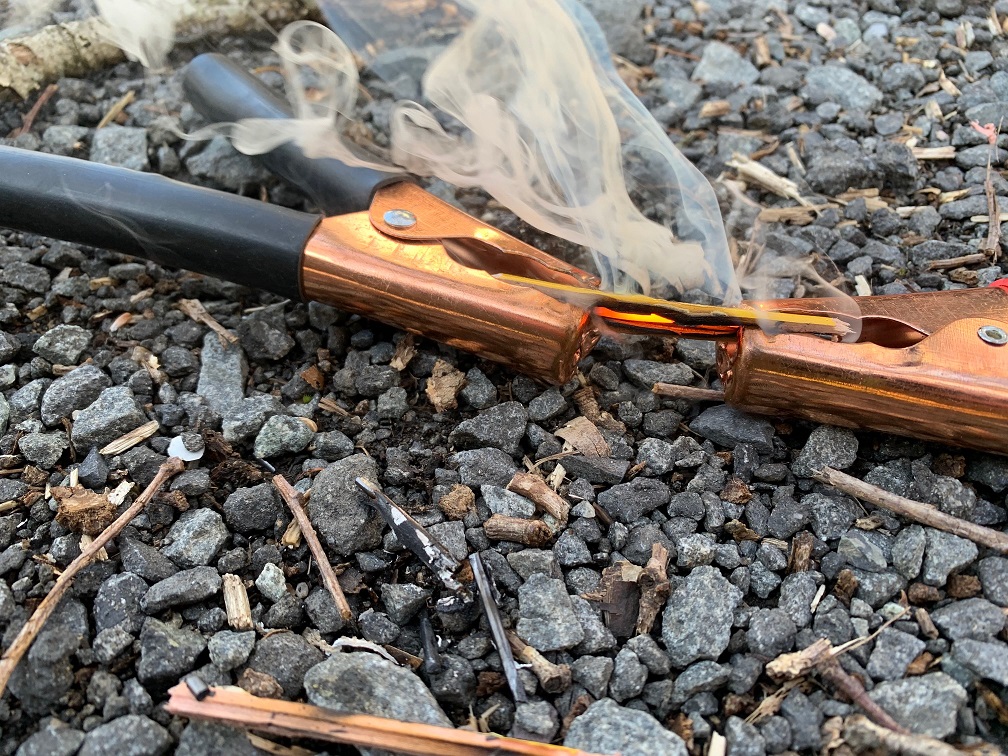
This method should be a last-ditch effort after you have tried everything else at your disposal to get a fire started. Using a car battery to start a fire is dangerous, so exercise extreme caution. If you do decide to try it, take an ordinary wooden pencil and carve the wood away from one side, exposing the graphite center. You can save the wood shavings for kindling, but make sure you gather more fuel before you connect the cables to the pencil. This method can work quickly. The pencil can be broken into two or three pieces for multiple ignition attempts (or you can burn the whole thing at once).
Connect a pair of jumper cables to a vehicle battery, then clamp the free ends of the cables to the exposed pencil graphite. If your cable clamps have a dead side (that is not connected to the cable), make sure that side is against the wood of the pencil and the hot side bites into the graphite. Clamp the cables onto the pencil, about two inches apart. As the graphite heats up, so does the wood of the pencil. Once it reaches the wood’s ignition temperature, the pencil will begin to burn. Disconnect the cables quickly and add more fuel to maintain the fire.
6. Gum Wrapper and a D Cell Battery
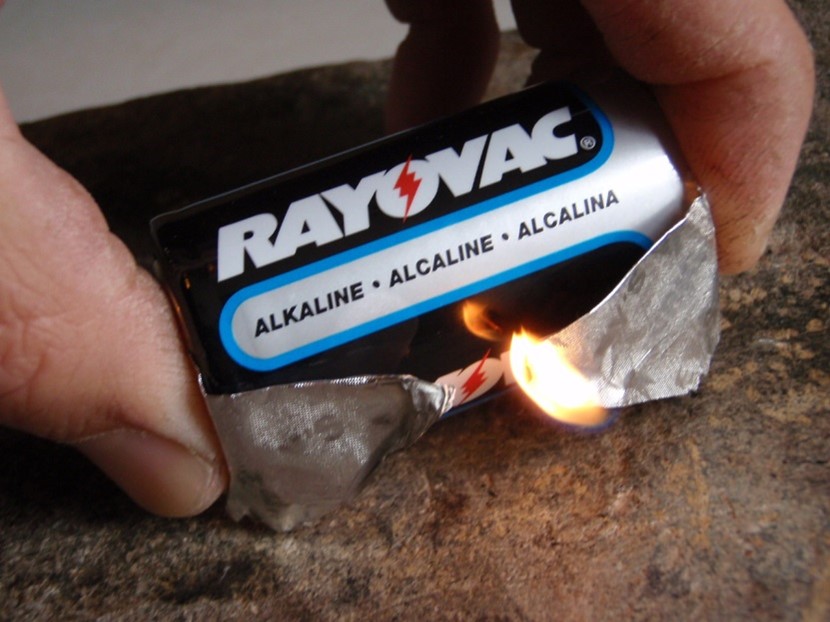
Making fire with a battery and a gum wrapper isn’t as farfetched as you might think. All you need is a single D cell battery, a paper-lined foil gum wrapper and some dry tinder. Cut or tear the wrapper to make a thin bridge of foil and paper in the center of the battery. The easiest way to try this at home is to fold the wrapper in half lengthwise, and use scissors to snip out a triangle from it. Let the triangle point come within a 1/16-inch of clipping the wrapper in two. If you do manage to accidentally clip it in two, it can still be used by manipulating the two sides of the wrapper to touch. When you’re ready for fire, hold the wrapper tightly against both ends of the battery. The foil will make a circuit and the paper may flame up for a second or two. Put your tinder right there at the bridge, to catch a spark or a tiny flame.
7. Potassium Permanganate

I wouldn’t want this to be my only fire-starting method in a survival situation, but it makes an interesting backup (and a fun science experiment). Some branches of the U.S. military used to issue a little bottle of potassium permanganate crystals in first-aid kits. This was meant to be sprinkled on wounds as a disinfectant (and you can still use it that way). It also disinfects water. Add just enough to turn the water pink and allow the water to sit for one hour before drinking. This versatile chemical can also make a fire, when used with certain materials. The most reliable combination is a blend of potassium permanganate and glycerin. You’ll find glycerin in the drug store and it’s commonly used as a skin softener and laxative.
Potassium permanganate is a little harder to come by, but it’s still used in home water softening systems. To make a fire with it, pour a small pile of potassium permanganate in the spot where you want the fire to burn. Make a little dent in the middle of the pile and pour a tiny bit of glycerin into the dent. Then just wait for it to produce a flame. Add your tinder quickly and build a fire. As a backup method (if you’re out of glycerin), you can also make fire with these dark-colored crystals and ordinary table sugar. Just blend a little of each on a dry slab of bark and grind them together with a blunt stick. Have tinder right next to the crystals, then nudge it over into the crystals when your grinding starts to make a fire. This method isn’t as reliable, but it is an option.
Read Next: 4 Unexpected Fire Starters You Can Use in an Emergency
8. A Few More Odd Fuels

When it comes to fire building, a bag of oily chips can save the day. Most high-fat snack chips are excellent fuel, when ignited with an open flame. Generally speaking, if it ends in the suffix “-itos,” it’s your gateway to fire. Doritos, Fritos, Tostitos (and anything that even sounds close) are all great fuels. So are cotton balls soaked in petroleum jelly. These gooey wads can burn up to five minutes each, producing tall flames and plenty of heat. Honorable mentions for odd fuels include duct tape (which burns well when crumpled into a ball), dryer lint (especially from an all-cotton load of clothing or towels), and tampons. Those ordinary feminine hygiene products are made with flammable cotton fibers. Just tear them apart and use the material as a tinder source which can light from an open flame or even just a spark.
